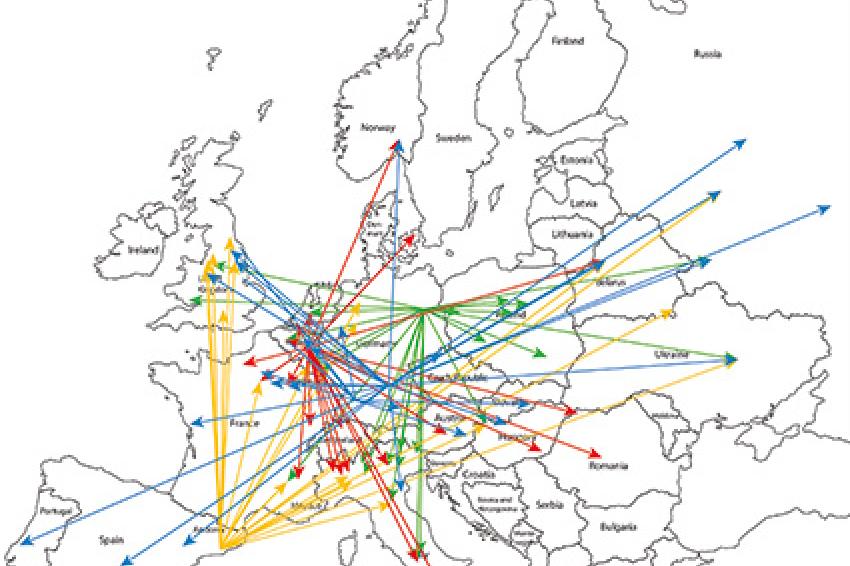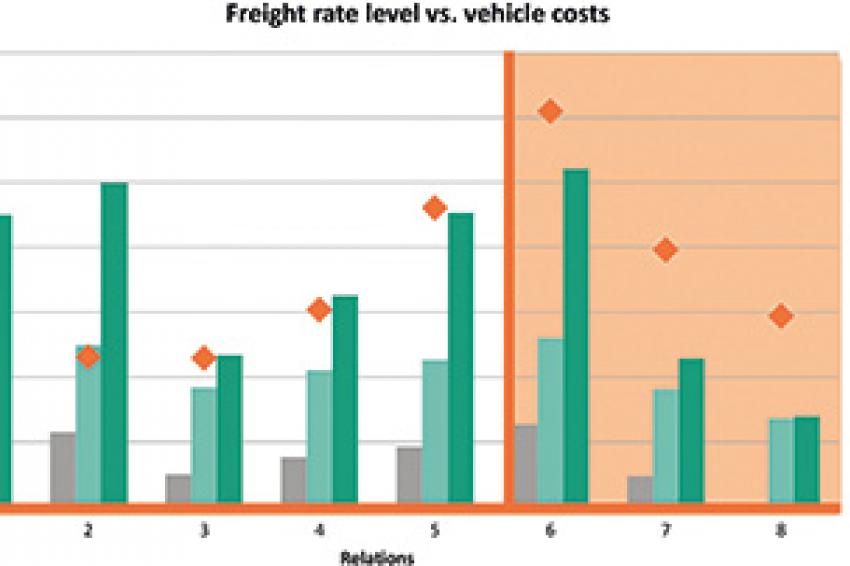Optimized Transports in Chemical Companies
Using Information to Meet Customers’ Needs Efficiently
A lean transportation structure and an optimal allocation - in cost and service aspects - of logistics service providers enable companies to reduce their transportation and administration costs and to improve their transportation quality. Often, logistics planners ask themselves whether their transportation and storage structure, as well as their logistics service provider concept, matches the customer's needs. For chemical companies, it is particularly challenging to create an efficient transportation structure. In addition to customer needs, they must meet major requirements concerning storage and transportation. Thus, it is worth having a closer look at the transportation structure and the logistics service provider concept.
Chemical companies often have no overview of their current cross-plant commodity flows, including customer transport volumes. Each plant has its own historical tradition of assignments of logistics service providers to customers. Consequently, a large number of service providers run similar or equal relations.
Companies often do not know whether
- warehouse locations are appropriate to customers' commodity flows,
- they use the right amount of logistics service providers to meet their business activities,
- the freight rate level of each logistics service provider is appropriate.
Many companies wish to stabilize the number and allocation of service providers concerning plant and customer locations.
The Fraunhofer Center for Applied Research on Supply Chain Services has developed a methodology to optimize cross-plant transports for chemical companies. Firms can determine possible savings and an allocation of logistics service providers that is optimal in cost and service aspects, using these four main levers:
- Optimizing warehouse locations
- Improving transportation routes
- Inspecting the freight rate level of each logistics service provider
- Reorganizing the assignment of the logistics service providers
Companies receive concrete recommendations on short- and middle-term measures, such as:
- Optimized warehouse locations and goods-to-warehouse allocations
- Bundling of certain transports used as a basis for tenders
- Identifying unnecessarily expensive point-to-point relations and service deficiencies
- Reviewing the number and selection of logistics service providers
- Examining the logistics service provider concept
- Introducing a development process for logistics service providers in order to improve transportation quality
Optimization in four steps
The optimization of transports starts with a collection and clearance of shipment data and the graphical representation of transport relations (fig. 1).
When optimizing warehouse locations, the best places for warehouses, considering cost- and region-specific location factors, will be determined. As products of the chemical industry in general are transported in full truckloads, it is important to find a geographically optimal goods-to-warehouse allocation in order to keep transportation distances to customers as low as possible.
When improving transportation routes, the company examines which transports can generally be bundled and which should be combined to reduce costs. Customers of the chemical industry are located in specific regions of Europe. The new routes can be the basis for new tenders.
When inspecting the freight rate level, the freight rates of each logistics service provider will be compared and set against the actual vehicle costs. Thus, the company learns about unnecessarily expensive point-to-point relations and service deficiencies. In general, freight rates for bulk transports are more expensive because of cleaning specifications. However, in particular, freight rates that are higher than the prices for dedicated round trips should be examined closely and, under certain circumstances, renegotiated (fig. 2).
When reorganizing the allocation of the logistics service providers, the company gets to know how many and the kind of logistics providers it really needs. This can mean changing the allocation of customers to logistics service providers or introducing a new regional forwarding concept. At the same time, introducing a development process for logistics service providers can improve the transportation quality.
This analysis by Fraunhofer SCS is proven for world-leading chemical companies in road freight transport of full truckloads, partial truckloads and bulk.
Contact
Fraunhofer SCS
Nordostpark 93
90411 Nürnberg
Germany
+49 911 58061 9500
+49 911 58061 9599






